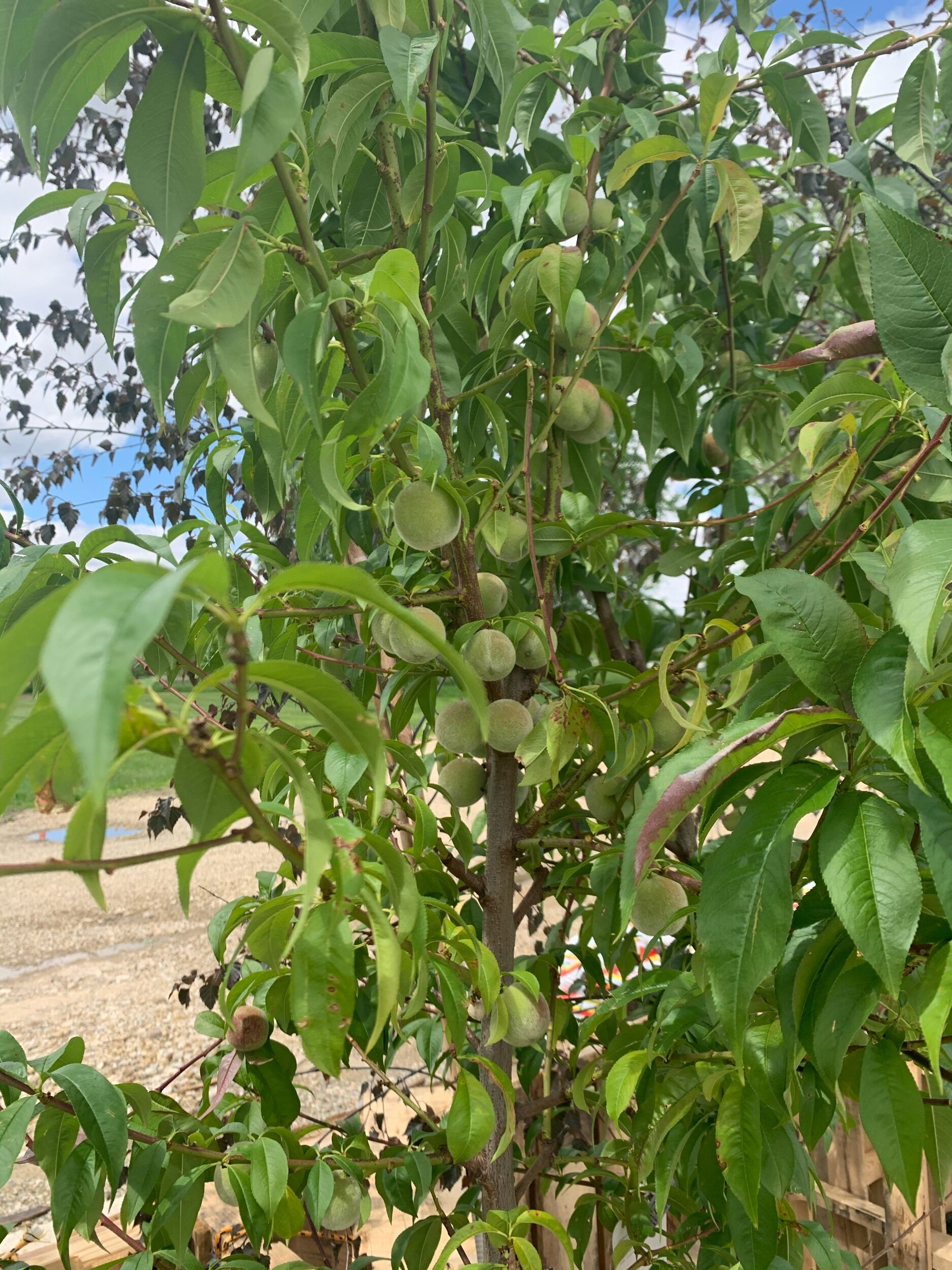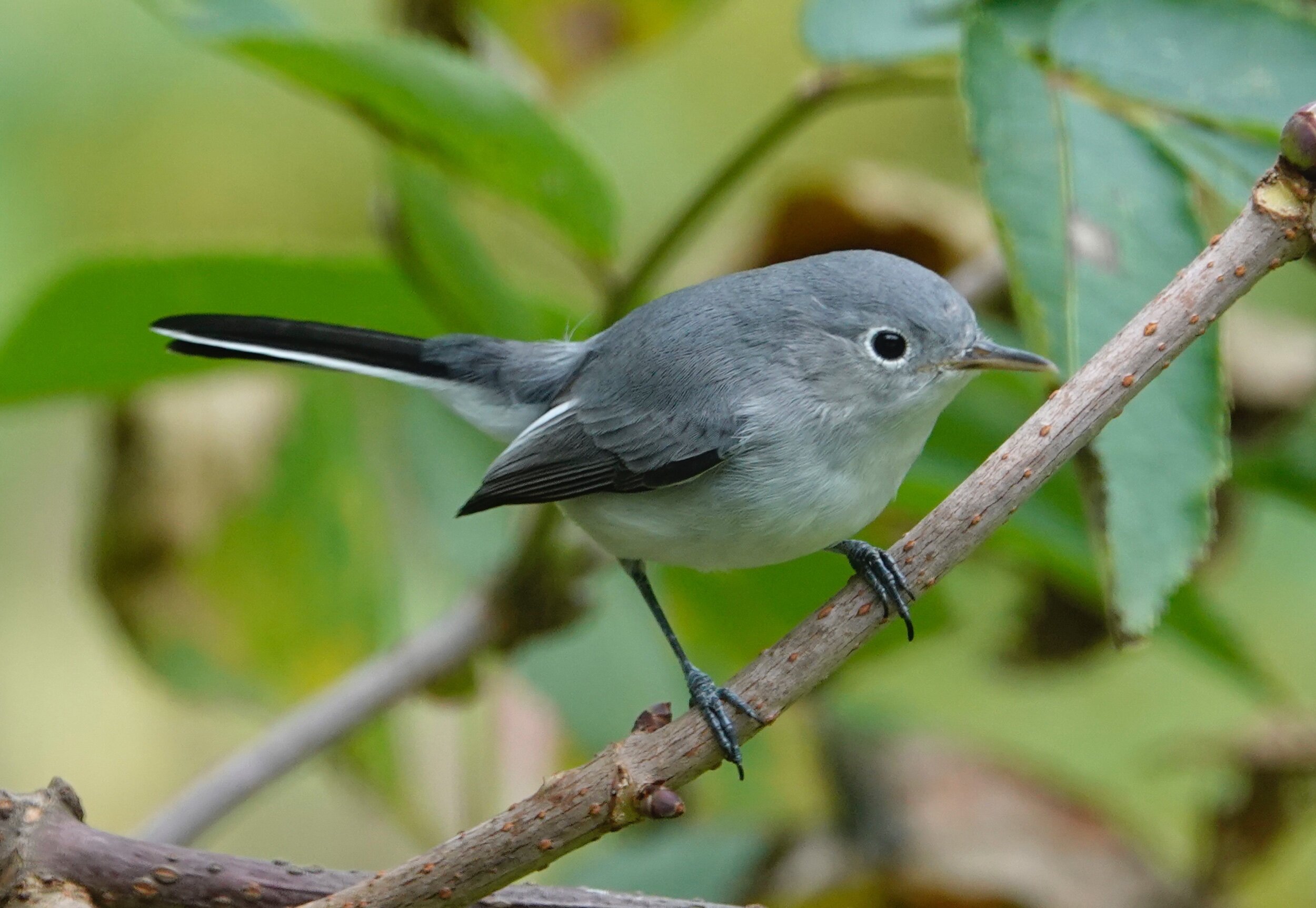Naturally
The grackles displayed little charm as the toads produced bird-like trills. They are the hop toads of my youth.
High trees filled with leaves and plastic bags. Bags stuck in trees fluttered in the wind. These witches' knickers don't ripen there. A robin ate suet that had fallen to the ground. A robin doesn't live by worms alone. I hollered, "Mortimer get out of there" at starlings devouring suet. In Shakespeare's "Henry IV," Hotspur planned to drive King Henry crazy by use of a starling endlessly repeating the name of Hotspur’s brother-in-law Mortimer. Hotspur mused, “Nay, I’ll have a starling shall be taught to speak nothing but ‘Mortimer,’ and give it him, to keep his anger still in motion.” I've watched a gray catbird, rose-breasted grosbeak, Baltimore oriole, brown thrasher, yellow-rumped warbler, orchard oriole, chickadee, nuthatch, and woodpeckers (downy, hairy, red-bellied and red-headed) feed on suet this spring. Crows might want to. They complain, but never without caws.
"My lilac trees are old and tall; I cannot reach their bloom at all. They send their perfume over trees And roofs and streets, to find the bees." — Louise Driscoll
White-throated sparrows come in two color forms: white-crowned and tan-crowned. Individuals nearly always mate with a bird of the other form.
I listened to a rose-breasted grosbeak, a brown thrasher and a Baltimore oriole sing. Their blissful voices blended pleasantly. The first thought finding my brain was "The Chad Mitchell Trio." I'm not sure why. I don't remember a year of so many indigo buntings and gray catbirds. A friend, excited with what she'd seen outside, phoned and exclaimed, "I saw an indigo catbird!" I liked the image that pushed aside The Chad Mitchell Trio in my mind.
My spirits were high, but birds managed to raise them.
Q&A
Ruth Searle of Woodbury asked if mallards will nest again if a nest was lost. If at first you don't succeed, try, try again. Many hens will renest, building another nest and laying another clutch of eggs after nest predation. The new nest might be near the previous nest or far away in different habitat. Ducks are indeterminate layers and lay eggs until their clutch is complete. If a nest is lost during the laying phase, the hen can quickly renest because she's capable of producing additional eggs. If a hen is in the incubation stage when her nest is lost, she'll need more time to restart egg production. Nesting hens incubate 20 to 22 hours each day. Experienced hens begin nesting sooner than younger birds and are more familiar with food sources critical to providing nutrients necessary for egg production.
"How often do skunks have babies?" Striped skunks have one litter per year. Breeding takes place in late February or March. Gestation takes 59 to 77 days. Four to seven kits are born in mid-May to early June.
"Where do I find garter snakes?" They tend to prefer moist, grassy environments and are often found near water. They typically eat earthworms, amphibians, leeches, slugs, snails, insects, crayfish, small fish, rodents, toads and other snakes.
"Why are so many opossums run over on the road?" A Virginia opossum has a small brain for its body size and it doesn't have the best eyesight, so it might be slow to process information like a speeding Kia approaching. Research found opossums are better at remembering where food is hidden than are dogs, cats or rats. The highly-resistant-to-rabies opossum will eat almost anything — insects, worms, rodents, snails, slugs, frogs, snakes (including venomous ones), eggs, young birds, grain, fruit, nuts, grass, pet food, garbage, carrion and any ticks on its body. I wonder if opossums are bothered by pouch lint?
"Why am I seeing so many birds this year?" It might be because you're taking the time to look for them. Perhaps you're doing a better job of keeping bird feeders fed and bird baths watered. I walked in a light rain. The lack of insects drove birds to suet. I listened to the sounds. The corvids (crows and jays) of COVID-19 cawed and jeered. I enjoyed the remarkable mimicry found in the songs of the brown thrasher and gray catbird. In the new normal, the stunning quietude gives birds bigger voices. When tethered to home, we need the company and the miracle of birds.
"Would a turkey vulture eat plant matter if it were hit by a car?" If it were a pumpkin. I've watched them eat those. They do eat grapes, juniper berries and other vegetation.
"Why don't more songbirds reuse their old nests. It's because good used cars are much easier to find than good used nests.
Thanks for stopping by
"The art of life is to know how to enjoy a little and to endure much." — William Hazlitt
"Life is too short to take a highway." — Myrna Pearman
Do good.
(C) Al Batt 2020
Either my stupid smellcheck stopped working or it's time for our annual smelling bee.
Photo by Al Batt






















































































